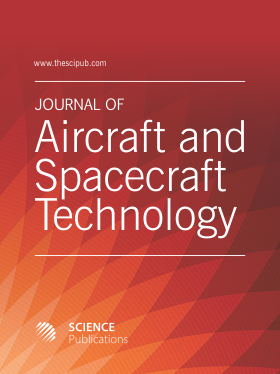Fiber Laser Beam Welding Between Niobium and Titanium
- 1 Institute for Advanced Studies, Brazil
Abstract
Niobium and titanium are difficult to weld because of many factors, such as their tendency to oxidize and burn and the relatively high melting temperatures. Here, fiber laser beam welding has been proposed to weld Nb and Ti sheets in overlap geometry. In the current research, one millimeter thick CP-Ti was placed at the top and a 3 mm pure Nb stay underneath. The laser parameters were power between 1000 and 1400 W and speed between 20 and 60 mm/s, with the focus on the upper surface (beam diameter of 0.1 mm). The fusion depth varied, but the average value was 1.7±0.3 mm, i.e. about 0.7 mm into the Nb-phase. The microstructure was characterized by a partial dissolution between the Nb-rich and Ti-rich regions all over the β(Nb, Ti) solid solution at high temperatures. The micro-constituents presents slightly different hardnesses from 130 to 180 HV0.05 depending on the region. The welds are defect free, even at the interface between the plates and around the phase modulations. These features indicate that the laser beam welding of Ti-Nb alloys could be a valuable technique for the fabrication of aerospace components.
DOI: https://doi.org/10.3844/jastsp.2020.21.25

- 3,815 Views
- 1,449 Downloads
- 1 Citations
Download
Keywords
- Niobium
- Titanium
- Laser Beam Welding
- Aerospace Materials
